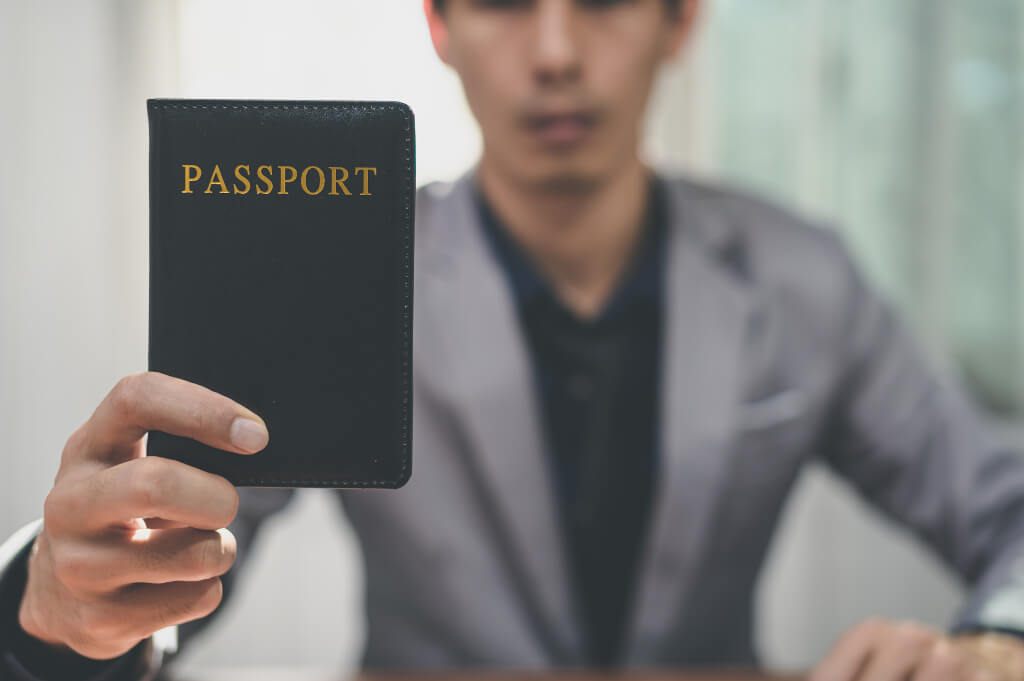There is not the slightest bit of significance to human people.
There is a very good explanation behind why you are not allowed to display your teeth in your passport photo.
The vast majority of us have been aware, ever since we were young children, that whenever we pose for photographs, we should always appear our absolute best. It’s almost like a Pavlovian response now, especially if that image will be utilized for years to come in a formal role and will serve as a representation of you. In that case, it’s almost a given that you’ll smile for the camera. The vast majority of people, when having their picture taken for their driver’s license, make an attempt to seem as good as they possibly can, or at the very least, they smile and try to be approachable.
However, when you go to get your passport photo taken, the attendant will instruct you to remove that hair clip so that they can get a good look at your beaming smile. Even if handled with slightly more tact, the underlying intention is unaltered. It is not appropriate to show off your beautiful smile in the photo you use for your passport. If that’s the case, why?
To tell you the truth, I’ve never understood the claimed interest that the government has in this topic. You’ve decided to get a passport because you want to visit some exciting new places, possibly to pay a visit to a family who lives in a different country.
The State Department advises that you may smile, but only on the condition that you act as though you are not having fun. Kidding. Smiling is OK, according to the State Department; but, you must ensure that both of your eyes are visible in the shot and that your mouth is closed. For this reason, I prefer to smile with my mouth closed rather than giving a big grin in which my teeth are visible. The website requests that you have a “neutral facial expression,” so your smile can’t be overly enthusiastic either.
Therefore, it is not the case that you are unable to smile at all; rather, the breadth of grins that you are capable of producing is quite restricted. According to Karolina Turowska, an expert in biometric photography and travel who works with Passport Photo Online, “the primary rationale for prohibiting smiling is the implementation of software that recognizes faces at airports and other immigration checkpoints.”
It would appear that postal employees are not making an effort to prevent you from smiling in your passport photo by any kind of “ban” on doing so. The fault lies with robots…or at the very least, algorithms. Facial expressions that are warped by enjoyment make it difficult for computer algorithms to differentiate between individuals.
There is no human behind the algorithm. To establish an accurate comparison between a 3D face and a 2D passport photo, it is important to identify and quantify the facial features of the users. Many other dimensions, including the size of the mouth, the nose, the mouth, the eyes, and the pupils, are all taken into consideration. According to what Turowska said to HuffPost, smiling can make it more difficult to do so since it changes the proportions of the face.
The photo required for your passport is not the spot to show off your most charming grin. If you have a smile that is too wide, like The Joker’s, then there is a possibility that your application for a passport will be rejected. Your passport photo may be refused for a variety of reasons, some of which include, but are not limited to, the following: wearing eyeglasses; submitting a photo that has been altered; or using a background that is not appropriate.
Before bringing in your photo or going to the Walgreens near you to have your passport renewed for the first time, make sure you look over the rules first. It is in your best interest to err on the side of caution in this situation to avoid having your request for a tiny world stamp album become delayed. Everyone, have a nice and safe trip!
About the Author:
Edmore Nkosi is a riveting South African journalist, specializing in entertainment and current affairs. With his unique ability to blend pop culture with real-world events, Edmore has carved a niche in providing captivating narratives that resonate with a diverse readership.




